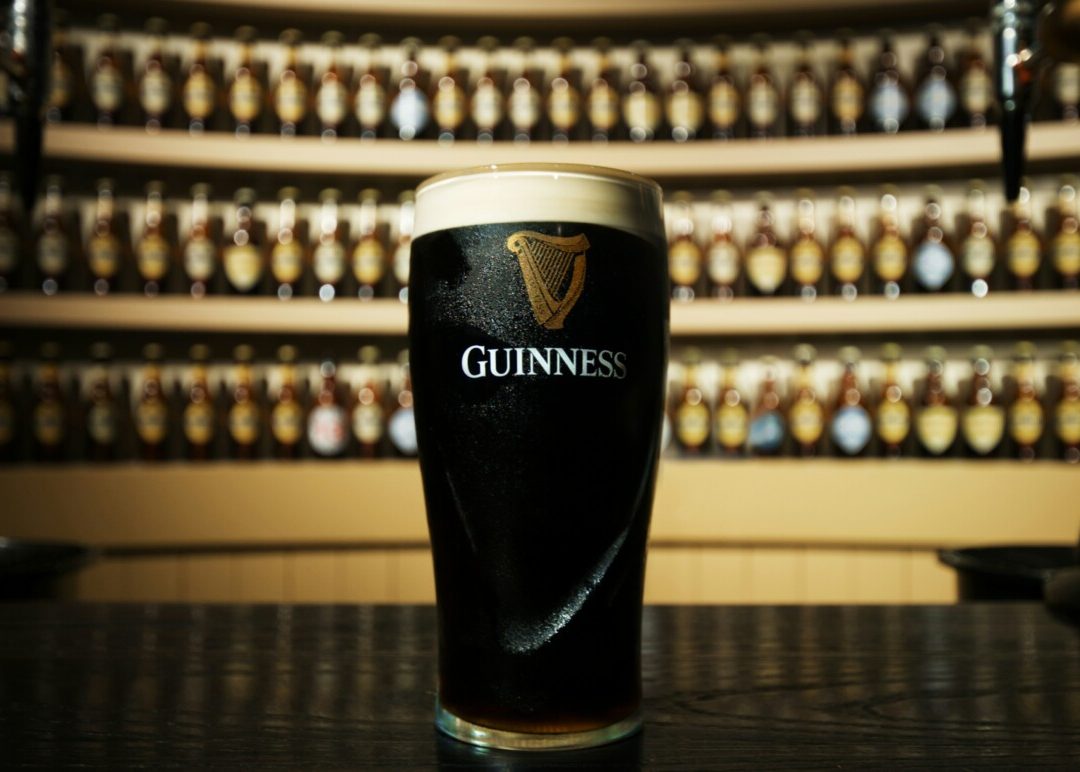Guinness is one of the world’s most famous beers, known for its rich, creamy texture and distinctive roasted flavor. Whether you’re enjoying a pint at the pub or a can at home, it’s important to understand the alcohol content in Guinness and how it translates into alcohol units. This guide will help you determine the number of units in Guinness, understand responsible drinking limits, and make informed choices about your alcohol consumption.
What Are Alcohol Units?
Alcohol units are a standard measurement used in the UK to quantify the amount of pure alcohol in a drink. This system helps people track their alcohol intake and stay within recommended guidelines.
The formula for calculating alcohol units is:
Alcohol by Volume (ABV) × Volume (ml) ÷ 1000 = Alcohol Units
For example, if a drink has an ABV of 4.2% and the volume is 568ml (a pint), the calculation would be:
4.2 × 568 ÷ 1000 = 2.39 units
How Many Units Are in Guinness?
Guinness comes in different variations, each with a different alcohol by volume (ABV). Here’s a breakdown of how many units are in popular Guinness products:
Guinness VariantABV (%)Pint (568ml) UnitsCan (440ml) UnitsGuinness Draught4.2%2.391.85Guinness Extra Stout5.0%2.842.2Guinness Foreign Extra Stout7.5%4.263.3Guinness 0.0 (Alcohol-Free)0.0%0.00.0As you can see, the alcohol units in Guinness vary depending on the type and serving size.
UK Drinking Guidelines and Responsible Consumption
The UK Chief Medical Officers recommend that men and women should not regularly consume more than 14 units per week to reduce health risks. This is roughly equivalent to:
- 6 pints of Guinness Draught per week
- 5 pints of Guinness Extra Stout per week
- 3.5 pints of Guinness Foreign Extra Stout per week
It’s also advised to spread your alcohol consumption over several days rather than drinking heavily in one sitting. Having alcohol-free days during the week can further support responsible drinking.
Factors Affecting Alcohol Absorption
Alcohol affects everyone differently based on various factors, including:
- Body weight and metabolism – Lighter individuals may feel the effects of alcohol more quickly.
- Food intake – Drinking on an empty stomach leads to faster absorption and stronger effects.
- Hydration levels – Dehydration can intensify alcohol’s impact.
- Drinking pace – Drinking slowly and alternating with water helps manage alcohol intake.
Tips for Responsible Drinking
- Know Your Limits – Stick to the recommended 14-unit guideline per week.
- Alternate with Water – Stay hydrated to reduce alcohol’s effects.
- Eat Before Drinking – Food slows alcohol absorption.
- Plan Ahead – Avoid binge drinking and arrange safe transport home.
- Opt for Alcohol-Free Alternatives – Guinness 0.0 offers the same taste without alcohol.
Conclusion
Understanding the number of alcohol units in Guinness helps you make informed choices about your drinking habits. Whether you enjoy a pint occasionally or regularly, staying within responsible limits ensures a healthier lifestyle while still enjoying your favorite stout. Always drink responsibly and be mindful of your consumption.
FAQs
1. How many units are in a pint of Guinness Draught?
A pint (568ml) of Guinness Draught (4.2% ABV) contains 2.39 alcohol units.
2. Is Guinness stronger than other beers?
Guinness Draught has a relatively low ABV (4.2%) compared to some lagers and IPAs, but Guinness Foreign Extra Stout (7.5%) is much stronger.
3. Can I drink Guinness while on a diet?
Guinness contains around 210 calories per pint, so moderate consumption is advised if you’re watching your calorie intake.
4. What is Guinness 0.0?
Guinness 0.0 is a non-alcoholic version of Guinness, containing 0.0% ABV and 0 alcohol units, while maintaining the classic taste.
5. How many pints of Guinness can I drink per week within the recommended limit?
You can drink up to 6 pints of Guinness Draught per week to stay within the 14-unit guideline.
Also read: Gavin Patterson BT CEO: A Visionary Leader in Telecom.

